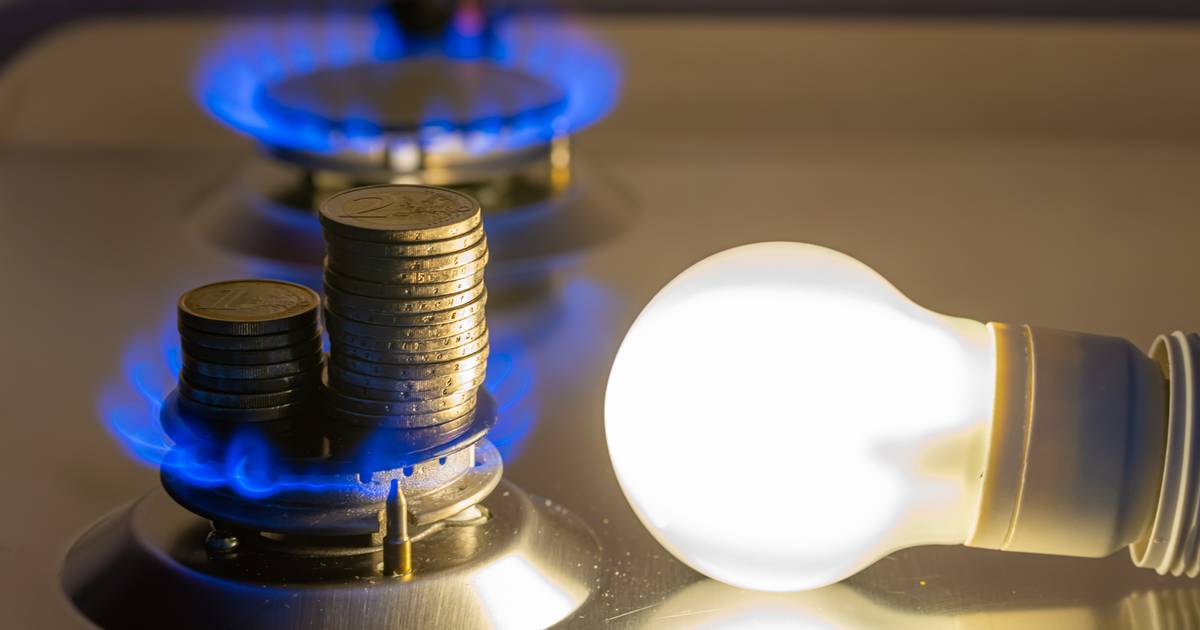Mining energyFrom 2024, the seven network areas of Walloon network operator ORES will be subject to the same distribution network tariff. This way, most Wallonia residents pay the same energy bill for the same consumption. This is not a problem in Flanders, and in Kortrijk, for example, you still pay 70 euros more for electricity than you do in Hasselt. For natural gas, the difference is about 60 euros. Why is what is possible in Wallonia not possible in Flanders? Mijnenergie.be Discover.
Written by Kurt Deman, in collaboration with Mijnenergie
source:
Mijnenergie.be
How many network areas are there in Flanders?
Flanders has ten grid areas, each with its own grid rates. Depending on where you live, you pay different network costs for the same consumption.
Why the difference in costs?
Network operators point to geographic spread as the reason. In densely populated areas, you can spread the costs over a larger number of families, reducing the bill. This explains, for example, the high rates of the distribution network in the sparsely populated area of Westhoek. Although a city like Kortrijk is also under the same more expensive network operator, Gaselwest. The city of Herstappe, which has the third lowest average population, belongs to Fluvius Lumburg – with the lowest grid tariff.
Want to know current energy prices quickly and easily? Here you will find electricity and gas prices for different municipalities and cities within Flanders (and the rest of the country).
What can be done about it?
Although the cost gap between regions has narrowed somewhat in recent years, depending on where you live, the sum of electricity and natural gas can differ by more than 100 euros, while recording exactly the same consumption.
Andy Peeters, spokesman for Flemish Energy Minister Zuhal Demir (N-VA), points out that the minister’s powers in this area are still limited: “The different rates are set annually within a strict framework set by the independent regulatory body VREG. Rate methodology. Distribution system operators provide “These prices are submitted to VREG for approval. Neither the Flemish Government, Parliament nor the Minister exercise any direct influence.”
According to Peters, it’s more than just averages. “The question is whether there is still a need for ten distribution system operators, with ten boards of directors, ten accounts, etc. These structures were created almost a hundred years ago, but today they take very little account of Free market and interests. In the region: The energy transition, more and more regulations, and the need for new capital and IT systems increasingly go beyond the local level.
According to the minister, the key lies with the shareholders, that is, the local authorities. “The Minister will in any case support the efficiency exercise, but since Flanders is not a shareholder at the moment, it is not decisive.”
What about transportation network tariffs? Additional €40 per year from 2025.
What will the future look like?
However, changes are scheduled for the next tariff period, which begins on January 1, 2025. The Energy Decree stipulates that by 2025 at the latest, each municipality must be linked to the same distribution system operator for electricity and natural gas, and that it must have The distribution system operator is also a geographically contiguous area and must serve at least 200,000 connected customers.
This has many consequences. Gaselwest and Fluvius West will merge as of January 1, 2025. The same applies to PBE and Iverlek. The new distribution system operator Fluvius Halle-Vilvoorde was established on the same date. Today, the distribution of grid areas is patchwork, with isolated municipalities here and there belonging to a different grid operator from the surrounding municipalities. To put an end to this illogical situation, the municipalities of De Haan (for electricity and natural gas) and Gabike (for electricity) will be part of the grid operator IMEO as of January 1, 2025. The municipality of Vosselaar (for electricity and natural gas) is moving to the grid operator IVICA.
The impact of the above changes on our energy bill will only become clear at the end of 2024.
Read more on Mijnenergie.be:
This article is brought to you by our partner Mijnenergie.be.
Mijnenergie.be is an independent energy price comparison site for electricity and gas offers.
Free unlimited access to Showbytes? Which can!
Log in or create an account and never miss a thing from the stars.

“Total coffee specialist. Hardcore reader. Incurable music scholar. Web guru. Freelance troublemaker. Problem solver. Travel trailblazer.”







More Stories
Bitcoin price rises after new jobs data from US
European stock markets open higher | beursduivel.be
Russia’s oil imports to China decline